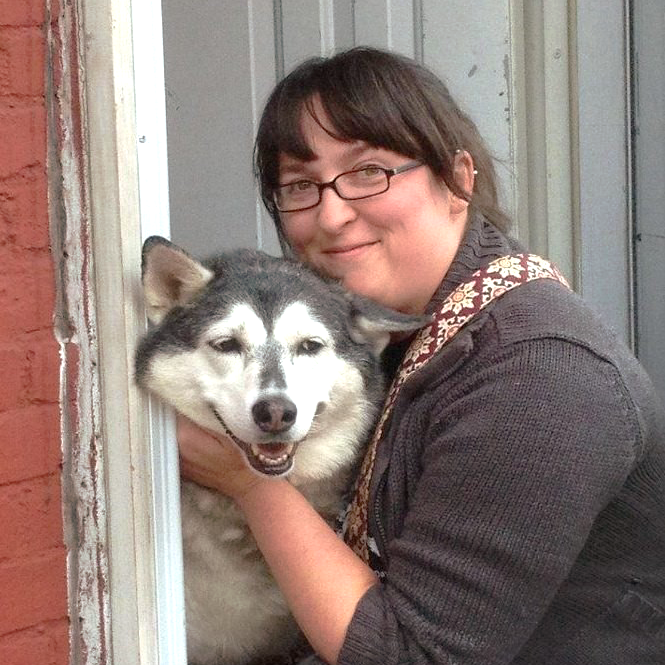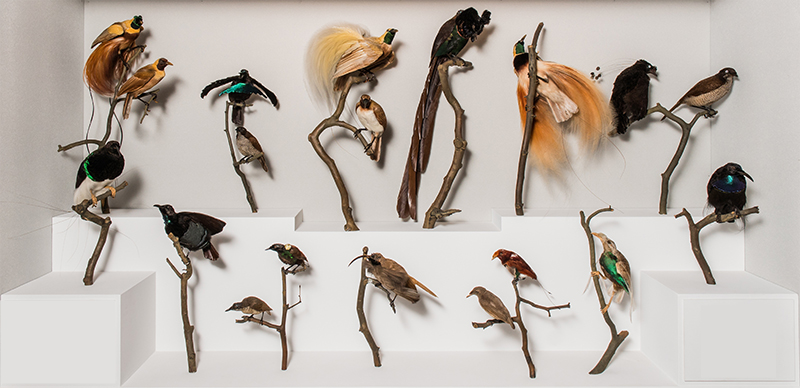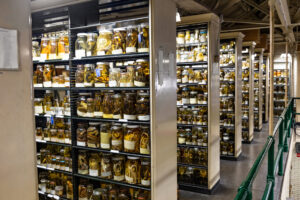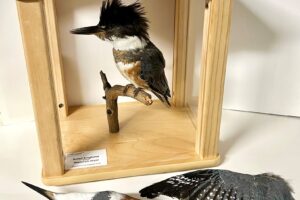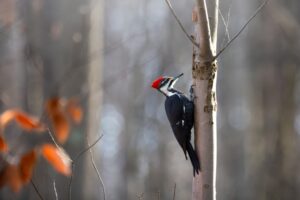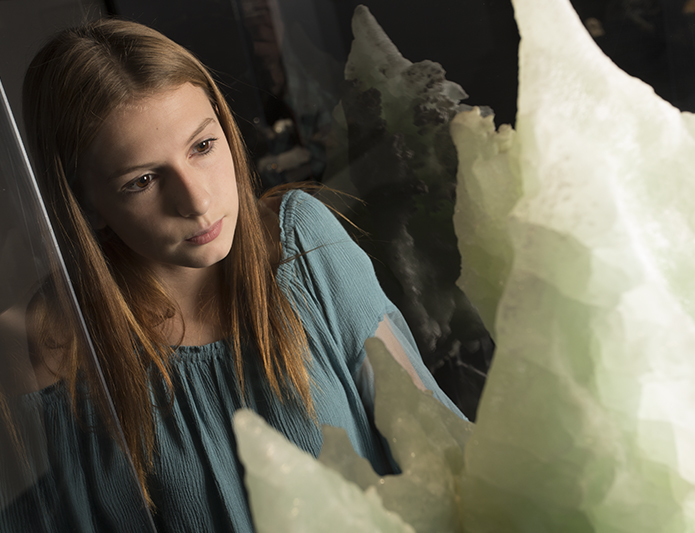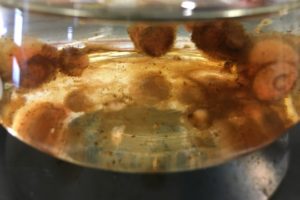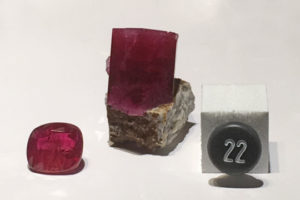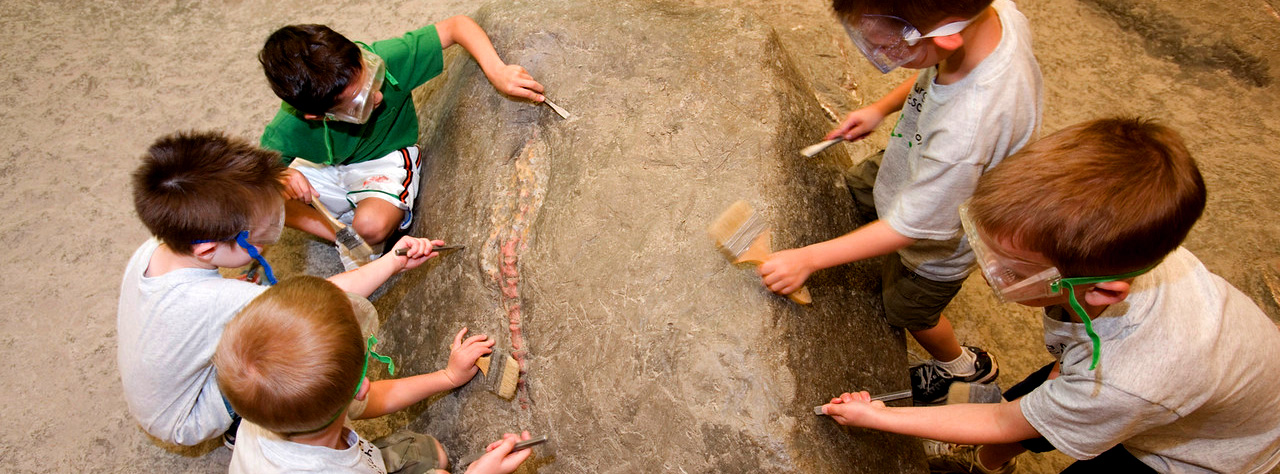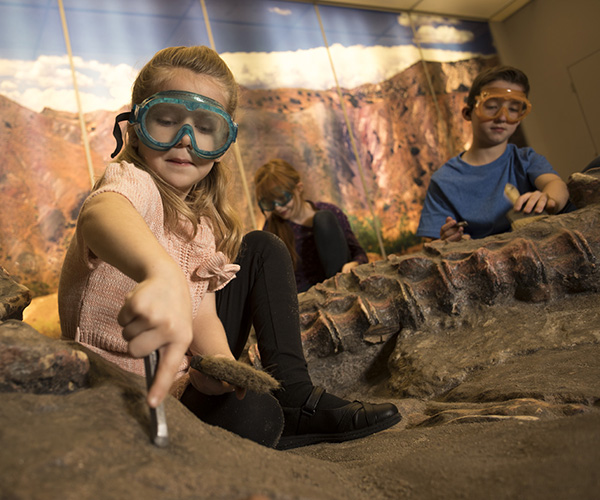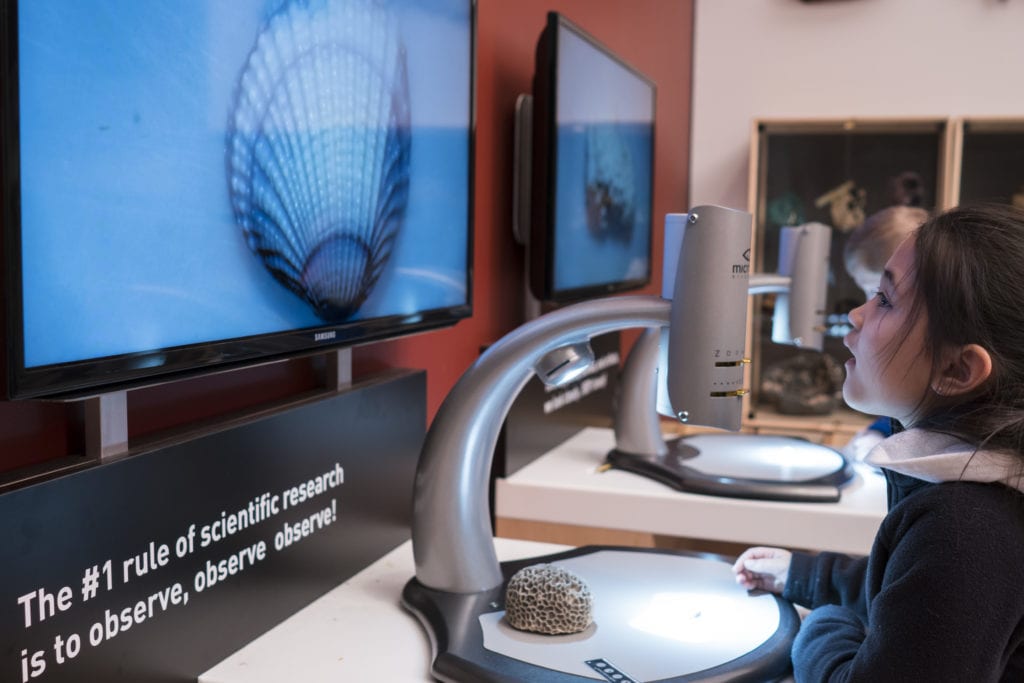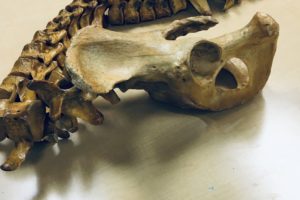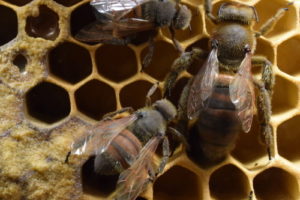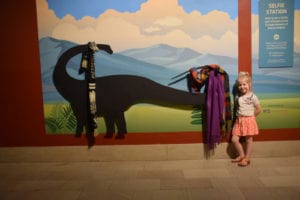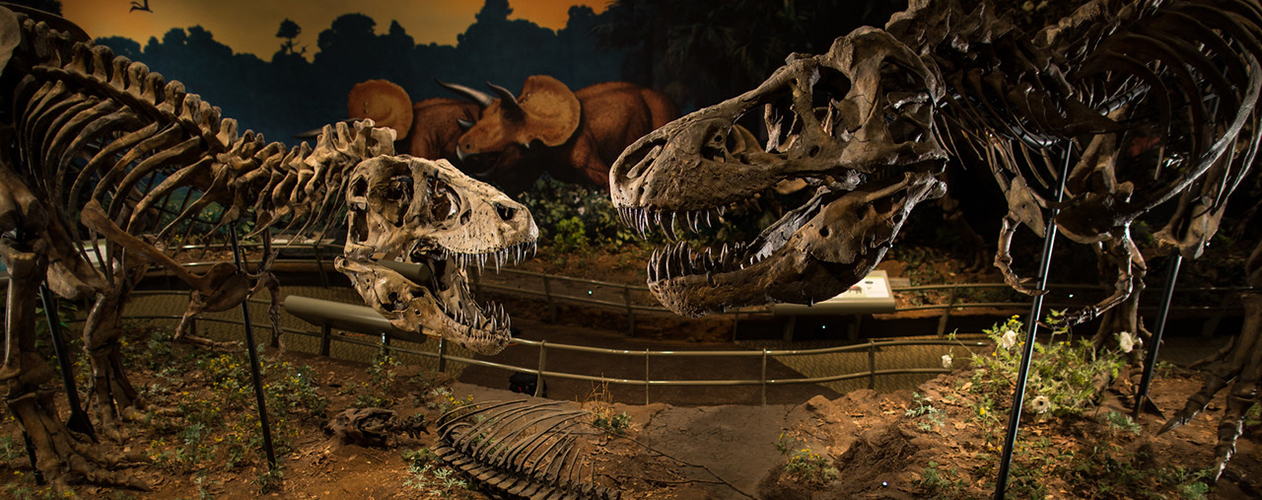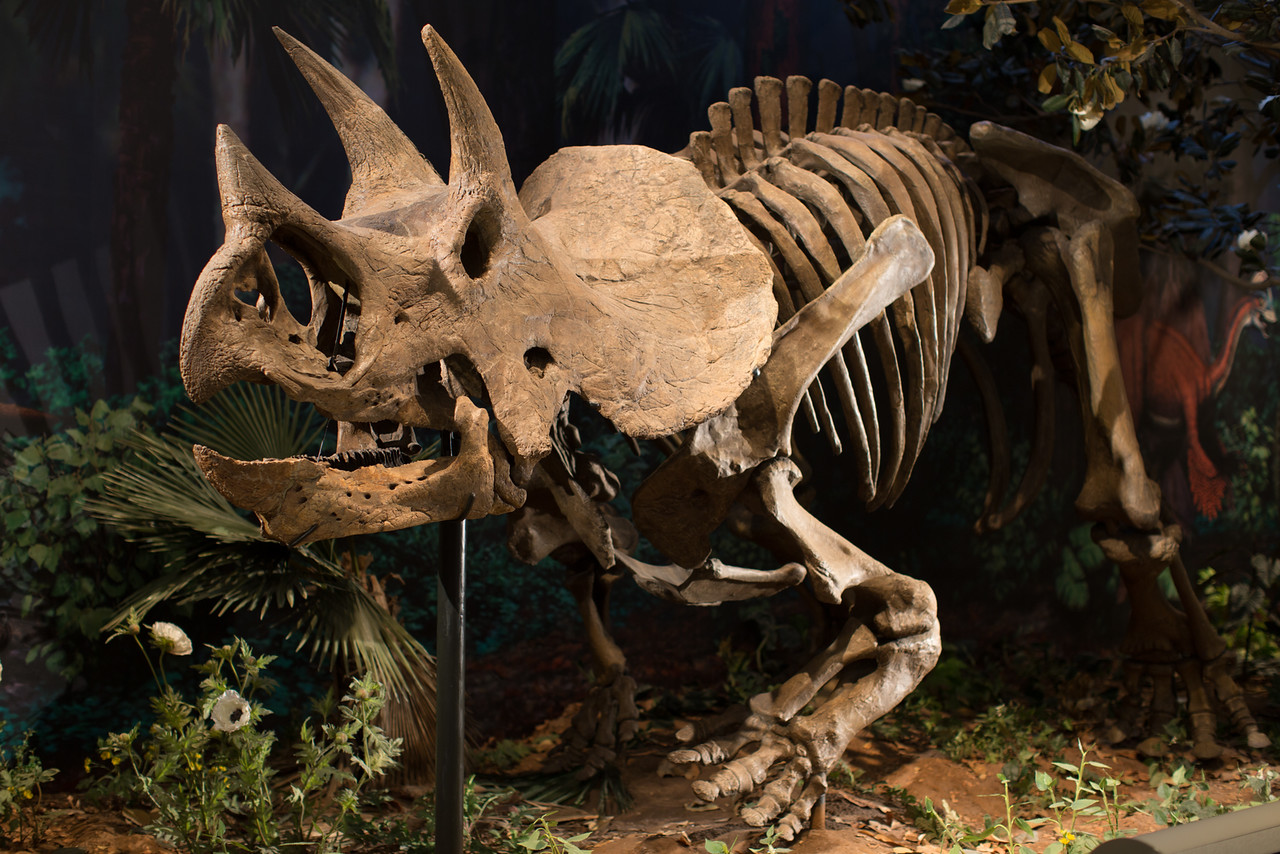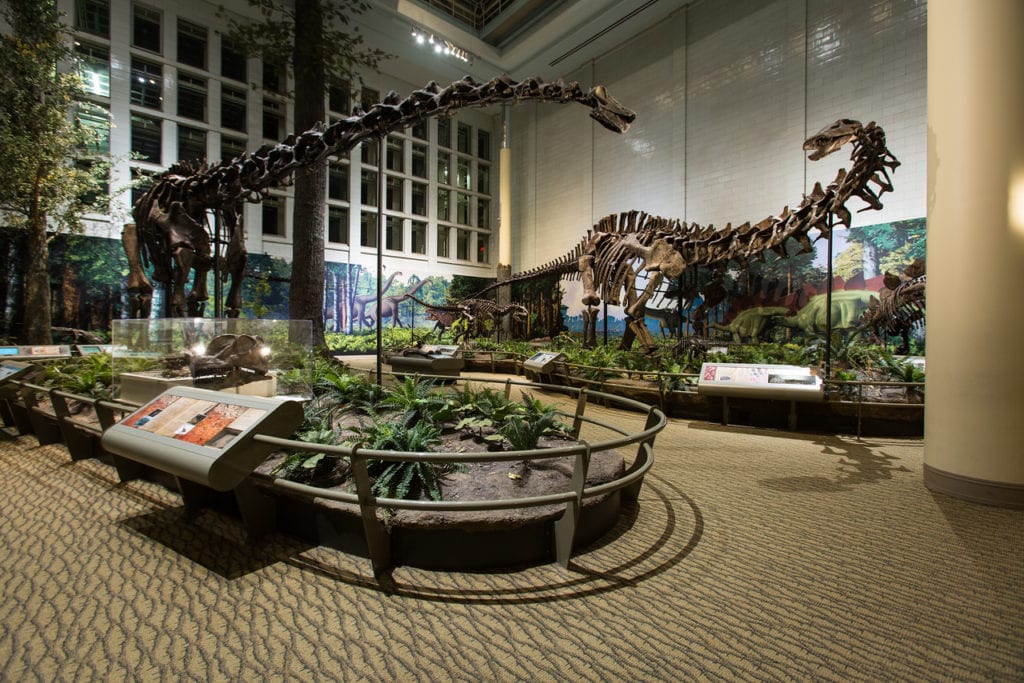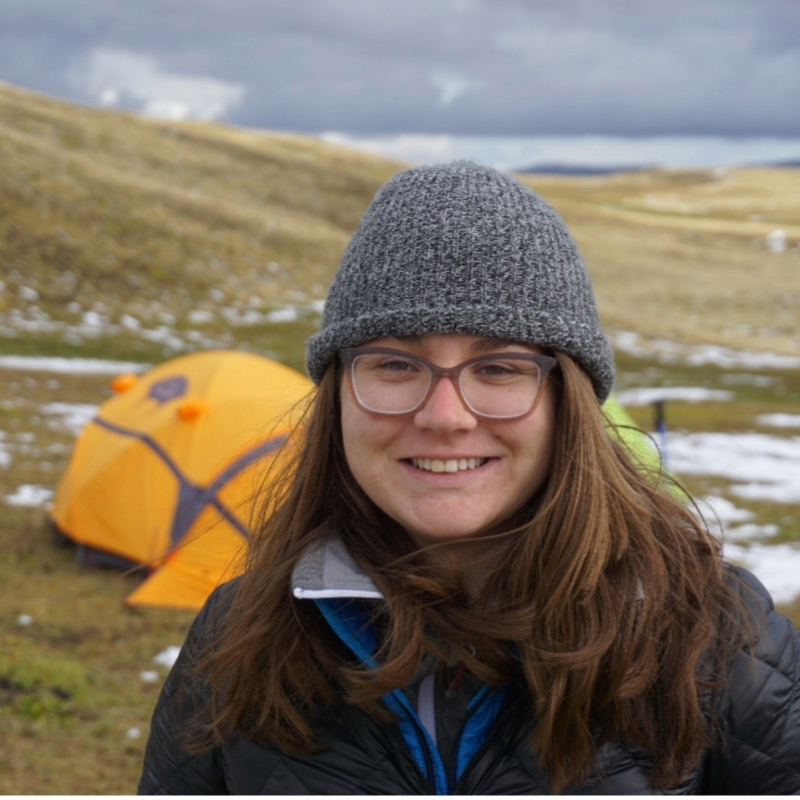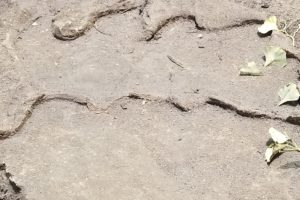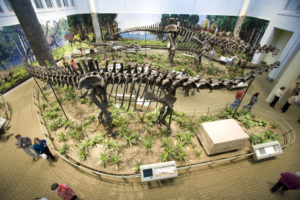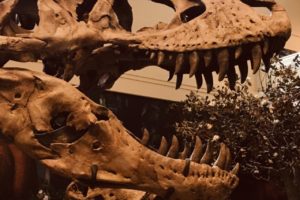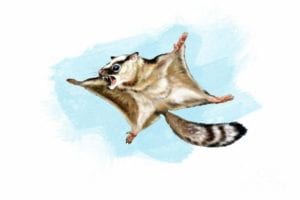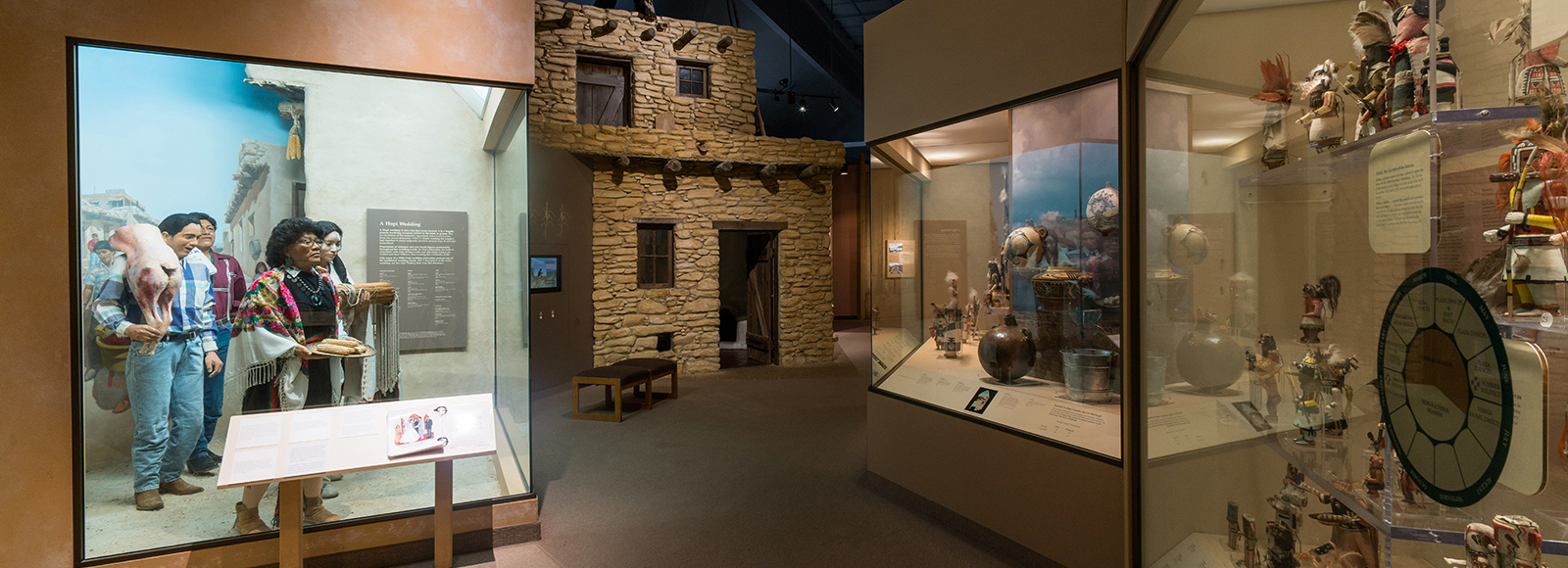
Alcoa Foundation Hall of American Indians explores four distinct Native American cultures in an exhibition organized around their relationships with the natural world. The hall explores the contemporary cultures of societies living in four major geographical areas: Tlingit of the Northwest Coast, Hopi of the Southwest, Lakota of the Plains, and Iroquois of the Northeast. Explore a large collection of Hopi Katsina dolls, touch a real buffalo, grind corn, or sit in a miniature planetarium that tells the story of how the stars got in to the heavens.
Visitors can view nearly 1,000 historical and contemporary artifacts including artwork and traditional garments. The museum partnered with approximately 50 Native people to develop Alcoa Foundation Hall of American Indians. Their historical and cultural knowledge, personal experiences and belongings, talents, artwork, guidance, and time has shaped the messages and impact of the hall.
The museum worked with Indigenous advisors to create this exhibit in the early 1990s. Indigenous people and cultures, just like our museum, are not stuck in time, but are living cultures, that are evolving and changing with the world around them. As a result some of the examples of “contemporary” culture, have become outdated, and it also includes some outdated themes, views and interpretations. We are working to reimagine this exhibit in today’s environment and with more self-representation by Indigenous people.
The current exhibit focuses on four distinct cultures within four different geographical areas, which means that it leaves out hundreds of vibrant, living tribes and nations with their own unique traditions and wisdom to share. It may give the impression that there is one Indigenous culture, which is wrong.
There’s no one term to refer to the many Indigenous cultures of North America. While it is widely accepted to use the terms “Native American” or “American Indian,” it is more appropriate to not use general terminology, and instead use specific tribal designations. This exhibit was named with input from our Indigenous advisors, and in step with other museums at the time, including the National Museum of the American Indian.
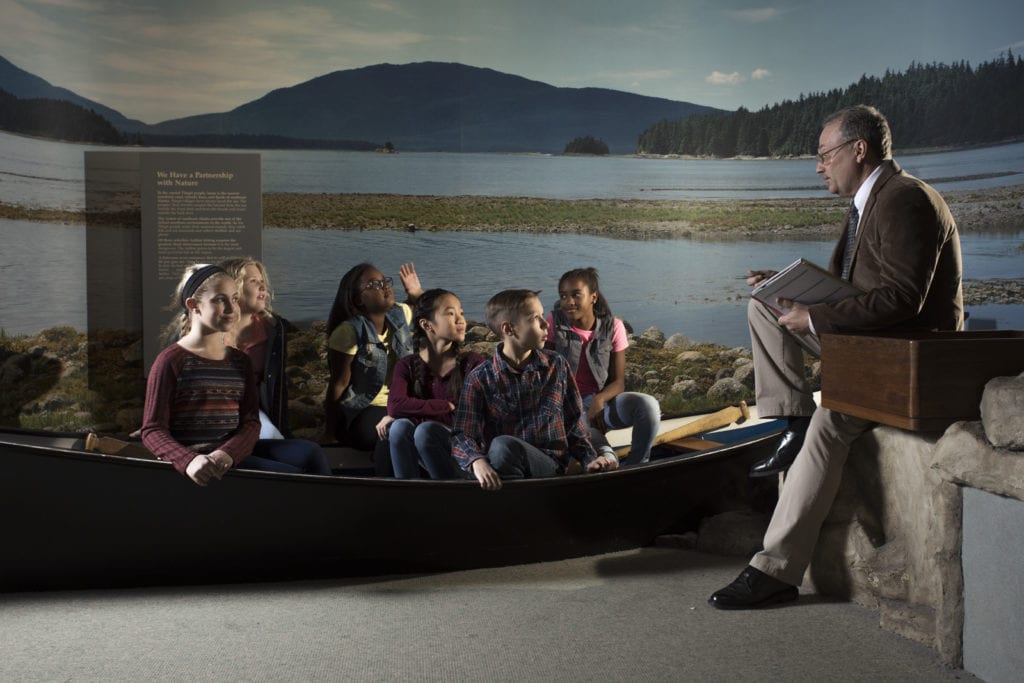
Meet our Anthropologist and Archaeologist
Learn about the Anthropology Collection at the Museum
The anthropology collection, the Section of Anthropology and Archaeology, contains major research collections of over 100,000 ethnological and historical specimens and over 1.5 million archaeological artifacts.
Blogs about Anthropology
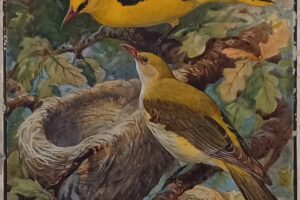
Celebrating Women in the Natural History Art Collection
by Olivia Buehler Within the collections of the Carnegie Museum of Natural History, one may be surprised to find more than the …
Tribal Museums Day and Promoting Indigenous Authors
by Amy L. Covell-Murthy The Association on American Indian Affairs (AAIA) celebrated its 100th anniversary in 2022, making it the oldest non-profit serving …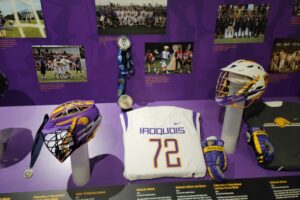
Celebrating Indigenous Peoples’ Day 2023
by Amy Covell-Murthy Indigenous Peoples’ Day is observed in the City of Pittsburgh alongside Columbus Day, and I would like to suggest …
Staff Favorites: Dolls in the Museum’s Care
Barbie size white sweater, hat, and ear muffs
